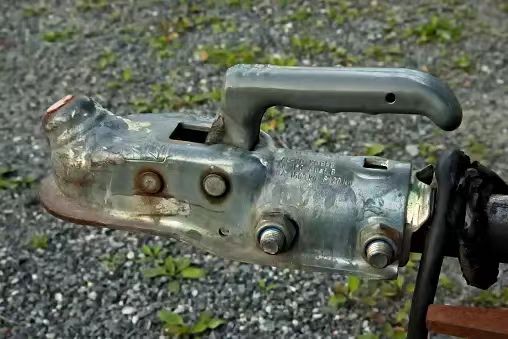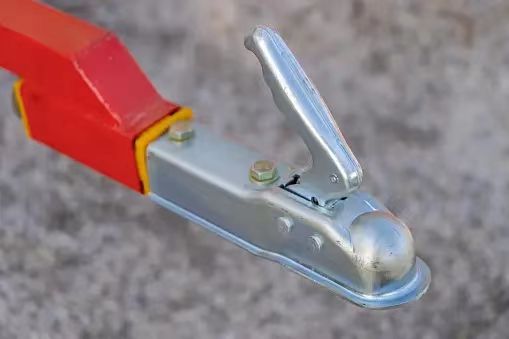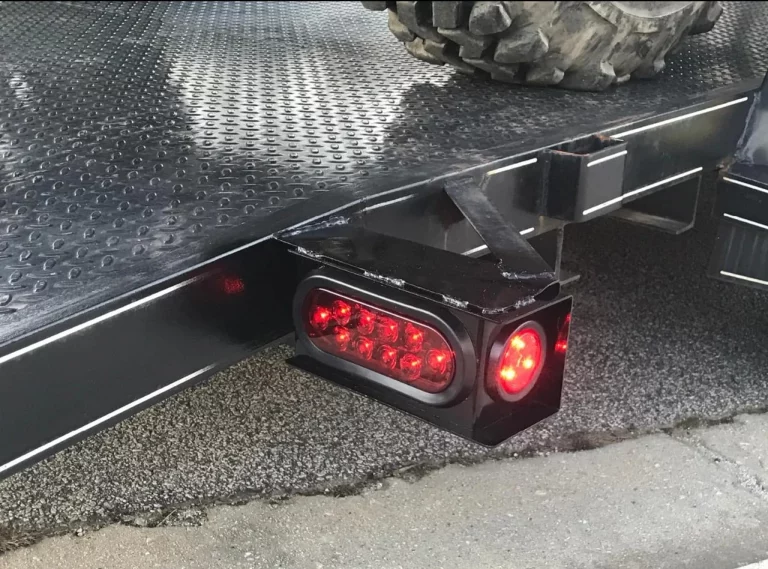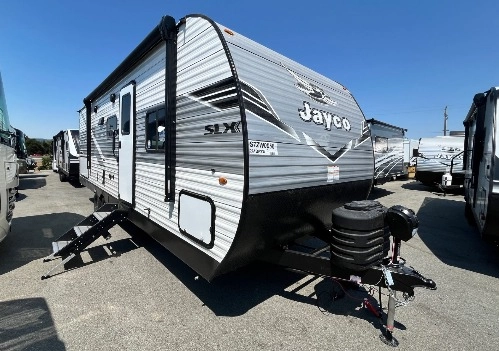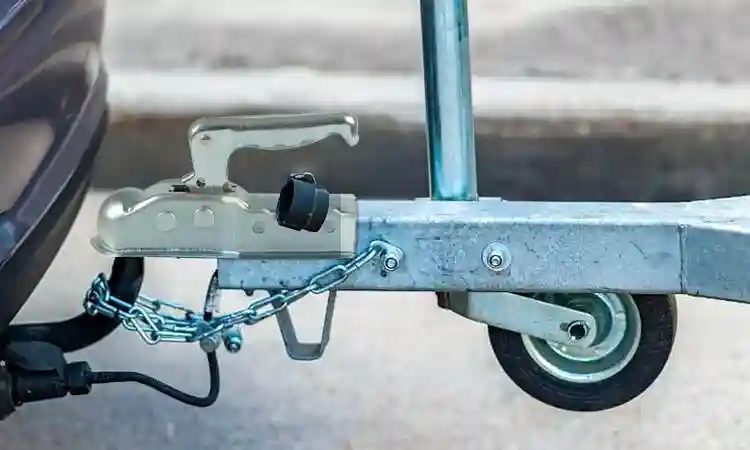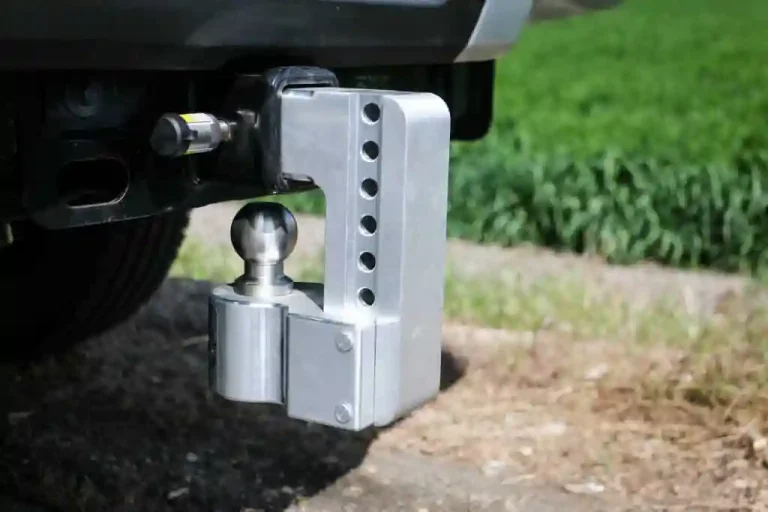Understanding Hitch Couplers
What is a Hitch Coupler?
A hitch coupler is a crucial component that connects a trailer to a vehicle’s hitch receiver. It provides a secure attachment point, ensuring that the trailer follows the towing vehicle accurately and safely. Hitch couplers are designed to accommodate various trailer types and weights, making them an essential element in towing setups.
Types of Hitch Couplers
There are several types of hitch couplers, each catering to different towing needs and configurations. Understanding these variations can help you select the best option for your circumstances.
Ball Hitch Couplers
Ball hitch couplers are the most common type found on light to medium-duty trailers. They consist of a ball and socket mechanism, where a ball on the vehicle’s hitch fits into a socket on the trailer’s coupler. This type offers a flexible connection that can move with the trailer’s motion while maintaining a secure bond.
Pintle Hitch Couplers
Pintle hitch couplers are robust and often used for heavy-duty towing applications, such as military and commercial equipment. This system uses a pintle hook that securely latches onto a lunette ring on the trailer. Pintle hitches provide exceptional strength and are less likely to detach under heavy loads and rough terrains.
Gooseneck and Fifth Wheel Couplers
Gooseneck and fifth wheel couplers are primarily used for towing large trailers, such as RVs and horse trailers. These couplers attach within the bed of a pickup truck rather than at the rear bumper. Gooseneck couplers use a ball-and-socket mechanism similar to ball hitches but mounted inside the truck bed, while fifth wheel couplers utilize a plate and kingpin interface for a highly stable connection.
Choosing the Right Hitch Coupler
Assessing Your Vehicle and Trailer Needs
Choosing the right hitch coupler starts with understanding your vehicle and trailer’s specific needs. Consider the size and type of your trailer, the towing capacity of your vehicle, and the overall towing conditions. A mismatched coupler can lead to dangerous situations, so ensure compatibility between all components.
Considering Weight Capacity
Weight capacity is a critical factor in selecting a hitch coupler. Each coupler has a certain maximum weight it can safely handle, known as its Gross Trailer Weight (GTW) rating. Make sure the hitch coupler’s GTW exceeds your trailer’s total weight when fully loaded. Overestimating the weight capacity needed can provide an extra margin of safety.
Compatibility with Your Hitch Receiver
The hitch receiver on your vehicle must be compatible with the chosen hitch coupler. Hitch receivers come in various classes, each designed for different weight capacities and applications. Verify that your hitch coupler fits the class of your receiver to ensure a secure connection. This compatibility is fundamental for both the safety and efficiency of your towing setup.
Go Trailer Parts, a reputable trailer parts manufacturer based in Qingdao, China, offers a wide range of high-quality products, including the hitch coupler. The hitch coupler plays a crucial role in connecting the car and trailer, ensuring a secure and reliable towing experience. Designed to be installed at the front of the trailer frame, the hitch coupler allows the car to effectively tow the trailer. Go Trailer Parts takes pride in manufacturing hitch couplers that meet the highest standards of safety and functionality.
With a team of professional engineers, experienced workers, and advanced production equipment, Go Trailer Parts ensures the production of hitch couplers that are durable and efficient. The hitch couplers are designed to withstand heavy loads and provide a strong connection between the car and trailer. By prioritizing safety, quality, and honest business values, Go Trailer Parts aims to provide customers with hitch couplers that offer peace of mind during towing operations. Their 4.4T Australian Override Brake Trailer Coupler and 24,000 lbs Round Gooseneck Trailer Coupler are characterized by their high quality and efficiency. Whether it’s for recreational purposes or commercial use, Go Trailer Parts’ hitch couplers are a reliable choice for customers worldwide.
Preparing for Installation
Gathering Necessary Tools
Before installing a hitch coupler, ensure you have all the necessary tools at hand. Common tools include wrenches, screwdrivers, a torque wrench, and safety gloves. Depending on the type of hitch coupler, you might also need materials like grease or lubricant for smooth operation and longevity. Having everything prepared beforehand can save time and prevent interruptions during the installation process.
Inspecting Your Equipment for Safety
Safety should always be your top priority when working with hitch couplers. Begin by thoroughly inspecting the coupler, hitch receiver, and other towing components for any signs of wear, damage, or rust. Ensure that the hitch ball is clean and free of debris, as any imperfections can compromise the connection. If you notice any issues, address them before proceeding with the installation.
Ensuring Proper Fit and Alignment
A proper fit and alignment are crucial for a secure connection. Verify that the coupler size matches the hitch ball size, and adjust as needed. Make sure that the coupler aligns correctly with the hitch ball to avoid any misalignment that could lead to accidents. A properly aligned hitch coupler ensures that the trailer will tow straight and handle predictably on the road.
How to Attach a Hitch Coupler
Aligning the Vehicle and Trailer
Positioning the Trailer on Level Ground
Positioning the trailer on level ground is the first step in aligning the vehicle and trailer. A flat and stable surface ensures that the trailer won’t roll or shift during the attachment process. Use wheel chocks to secure the trailer wheels and prevent any unintended movement, which could damage your equipment or cause injury.
Adjusting the Tongue Jack Height
Next, use the tongue jack to adjust the trailer height. The coupler should be raised high enough to clear the hitch ball completely. Align the vehicle so that the hitch ball is directly under the coupler. Taking time to adjust the height properly ensures that the coupler can be lowered onto the ball without strain, making the process smoother and safer.
Securing the Coupler to the Hitch Ball
Lowering the Coupler onto the Ball
With the trailer properly positioned and the tongue jack height adjusted, carefully lower the coupler onto the hitch ball. Ensure that it drops smoothly without any resistance. If the coupler doesn’t sit correctly on the ball, reposition the vehicle or adjust the trailer height again. A snug fit indicates that the coupler is correctly in place.
Locking Mechanism Engagement
Engage the coupler’s locking mechanism to secure it onto the hitch ball. Most couplers have a latch or a lever that locks the mechanism in place. Ensure that the lock is fully engaged; a half-locked coupler can detach during transit, leading to dangerous situations. Many couplers also have a pin or a lock that you can use for added security.
Double-Checking Connections
Before hitting the road, double-check all connections. Inspect the hitch ball, coupler, and locking mechanisms to ensure everything is securely latched and locked. Wiggle the coupler to confirm that it is firmly attached and won’t come loose. This final check gives you peace of mind, knowing that your setup is safe and secure.
Testing Your Connection
Performing a Visual Inspection
A visual inspection is a crucial step in ensuring the safety and security of your hitch coupler connection. Walk around the vehicle and trailer, checking that the coupler is properly seated on the hitch ball and that all locking mechanisms are in place. Look for any visible signs of misalignment or damage that could affect towing safety.
Conducting a Pull Test
A pull test helps verify that the connections are solid. With the vehicle in park and the emergency brake engaged, gently try to pull the trailer by hand. If the trailer latch remains securely latched onto the hitch ball without lifting or shifting, the connection is good. This test gives you a tangible check on the stability of your setup.
Checking Lights and Safety Chains
Before you start your journey, make sure that all trailer lights are functioning correctly. Test the brake lights, turn signals, and running lights to ensure they are visible to other drivers. Additionally, attach safety chains from the trailer to the vehicle as a backup connection. Cross the chains under the tongue to catch it if it falls, and ensure they are the correct length and weight rating for your trailer.
By following these detailed steps and tips, you can master the hitch coupler and tow your trailer with confidence. Whether you’re a seasoned tower or new to the world of towing, these practices help ensure a safe and successful journey every time.


